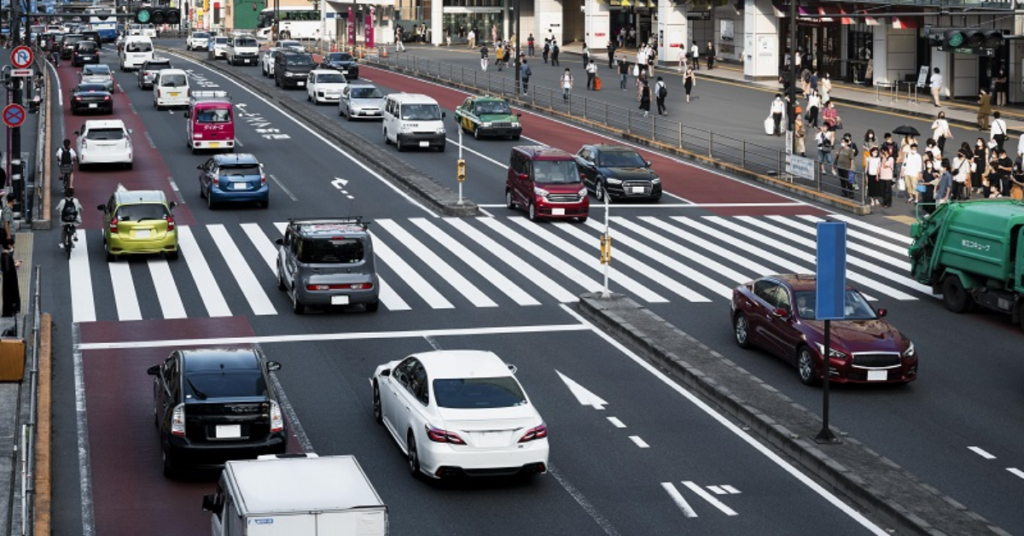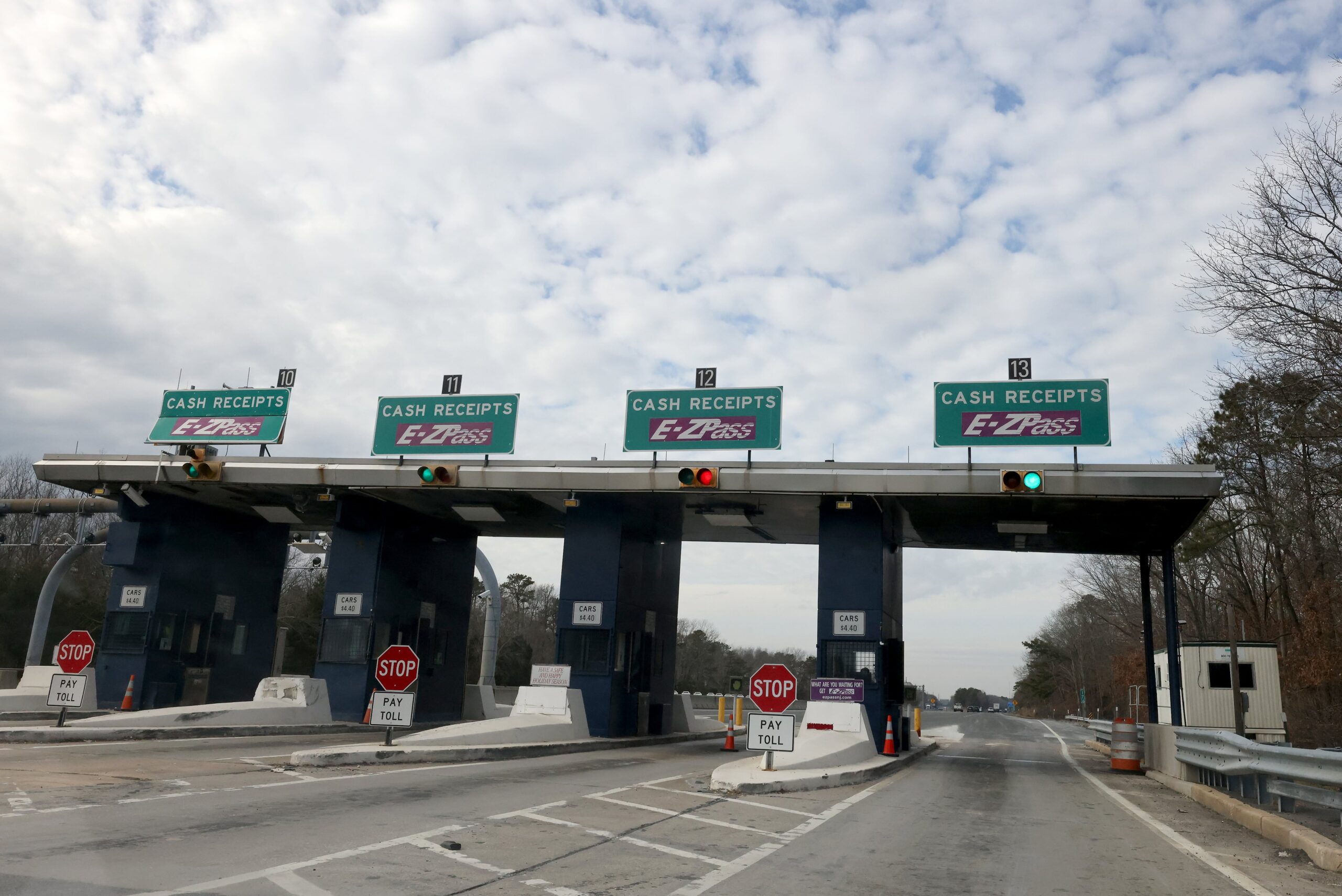Massachusetts has a set of well-defined right-of-way laws designed to ensure safety and order on its roads. Whether you’re a driver, cyclist, or pedestrian, understanding these laws is crucial to avoiding accidents and legal trouble. The right-of-way rules dictate who must yield in various traffic situations, and failure to adhere to them can result in fines, penalties, and even liability in the event of a collision.
One of the most common right-of-way scenarios involves intersections. In Massachusetts, vehicles approaching an intersection must yield to those already in the intersection. If two vehicles arrive at an intersection simultaneously, the driver on the left must yield to the driver on the right. This simple rule helps maintain traffic flow and prevent confusion at uncontrolled intersections.
For signalized intersections, Massachusetts law mandates that drivers obey traffic signals and signs. A green light grants the right of way, but drivers must still yield to pedestrians in crosswalks. A red light means a full stop and right turns on red are permitted unless explicitly prohibited by signage. However, before turning right on red, drivers must come to a complete stop and yield to all other traffic and pedestrians.
Pedestrian Right of Way in Massachusetts
Pedestrian safety is a top priority under Massachusetts law. According to the Massachusetts General Laws, Chapter 89, Section 11, vehicles must yield to pedestrians in marked crosswalks when there are no traffic signals present. If a pedestrian is crossing or about to cross in a designated crosswalk, vehicles must come to a full stop to allow them to pass safely.
In addition to marked crosswalks, pedestrians have the right of way when crossing at intersections, even if no crosswalk is marked. However, pedestrians are also required to exercise caution. Jaywalking—crossing outside of designated crosswalks or against traffic signals—can lead to fines and increase the risk of accidents.
Drivers must remain vigilant near school zones and pedestrian-heavy areas, as failing to yield to pedestrians can result in significant fines. In addition, Massachusetts has laws protecting visually impaired pedestrians, requiring drivers to stop whenever a pedestrian is using a white cane or a guide dog, regardless of location.
Right of Way for Emergency Vehicles
Massachusetts law is clear about yielding to emergency vehicles. When an emergency vehicle with flashing lights and sirens approaches, all drivers must immediately pull over to the right side of the road and stop until the vehicle has passed. This applies to fire trucks, ambulances, and police cars responding to emergencies.

Additionally, the state enforces a “Move Over” law (Massachusetts General Laws, Chapter 89, Section 7C), requiring drivers to change lanes or slow down when passing emergency or maintenance vehicles stopped on the side of the road with flashing lights. This law is meant to protect first responders and roadside workers from potential hazards posed by passing traffic.
Roundabouts and Four-Way Stops
Massachusetts has several roundabouts designed to improve traffic flow and reduce the risk of high-speed collisions. When approaching a roundabout, drivers must yield to traffic already circulating within the roundabout. Vehicles inside the roundabout have the right of way, while those entering must wait for a safe gap before proceeding.
At four-way stops the general rule is that the first vehicle to arrive has the right of way. If multiple vehicles arrive at the same time, the vehicle on the right has the priority. In cases of confusion, making eye contact and using hand signals can help drivers communicate and navigate safely.
Right of Way for Cyclists
Cyclists in Massachusetts are considered vehicles and must follow the same rules as motorized vehicles. However, drivers are required to yield to cyclists when making turns and must provide at least three feet of clearance when passing a cyclist on the road. Additionally, cyclists have the right of way in bike lanes, and motor vehicles cannot obstruct or drive within designated bike lanes.
When approaching intersections, cyclists must follow traffic signals and signs. At crosswalks, cyclists who dismount and walk their bikes are considered pedestrians and have the right of way, but if they ride through a crosswalk, they must yield to pedestrians.
Penalties for Violating Right-of-Way Laws
Violating right-of-way laws in Massachusetts can result in citations, fines, and increased insurance premiums. Failure to yield to pedestrians at a crosswalk, for instance, carries a fine of up to $200. Running a red light or stop sign may result in additional penalties, including points on a driver’s record.
In the event of an accident caused by a failure to yield, the at-fault driver may be held financially responsible for damages. This can include medical expenses, vehicle repairs, and other costs associated with injuries or property damage.
Drivers and pedestrians can visit official resources such as the Massachusetts Registry of Motor Vehicles (RMV) and the Massachusetts General Court to stay informed about Massachusetts’ traffic laws.
Understanding and following Massachusetts’ right-of-way laws is essential for ensuring road safety and reducing accidents. By respecting traffic rules, yielding appropriately, and staying alert, drivers, cyclists, and pedestrians can contribute to a safer and more efficient transportation system.
Disclaimer: This article has been meticulously fact-checked by our team to ensure accuracy and uphold transparency. We strive to deliver trustworthy and dependable content to our readers.








